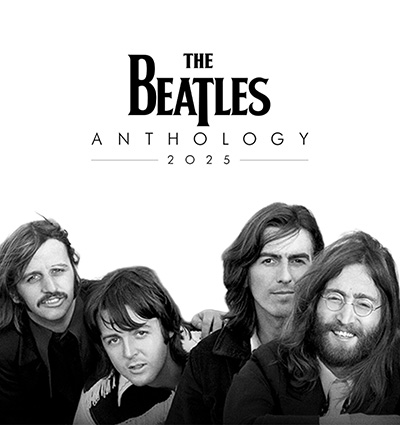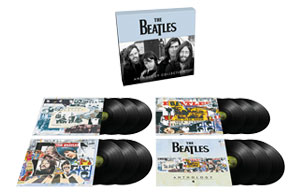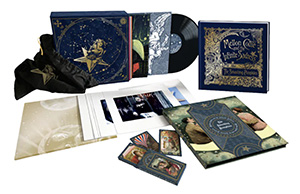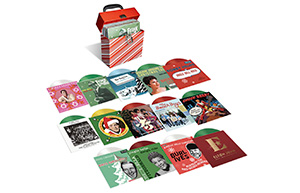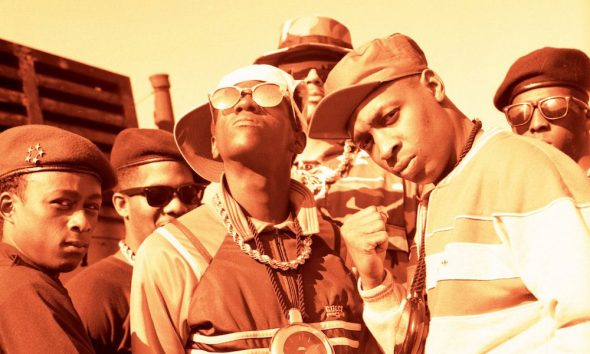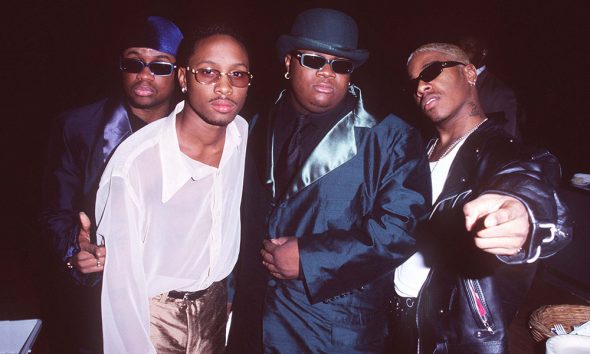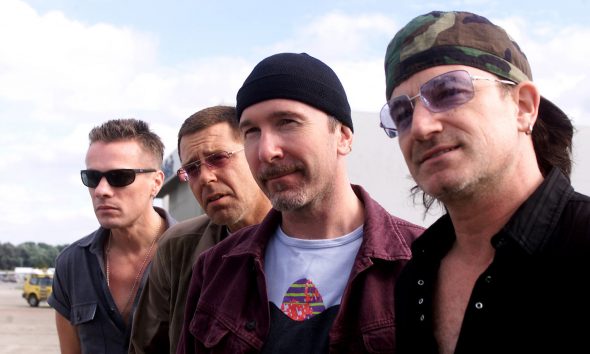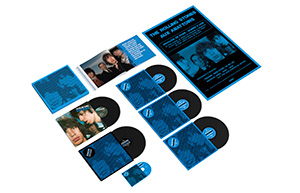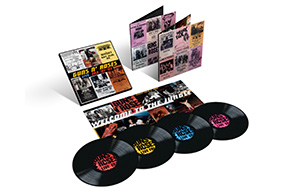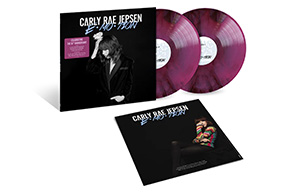‘Jive Talkin’’: The Bee Gees’ Career-Changing Chart-Topper
Inspired by Miami’s vibrant nightlife, the Gibb brothers’ hit was the first in a series of superstar-making blockbusters.
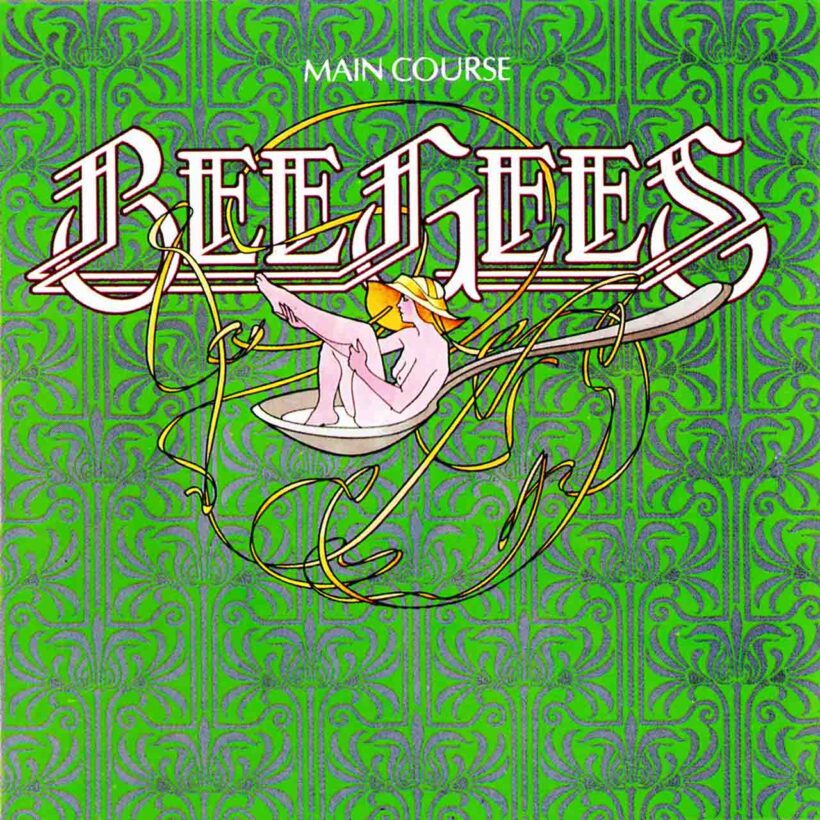
It’s no exaggeration to suggest that the Bee Gees’ classic song “Jive Talkin’” transformed the band’s career. The lead single from 1975’s Arif Mardin-produced Main Course, the song topped the U.S. Billboard 100 and made the U.K. Top 5 – and its soul, R&B and funk stylings paved the way for hits like “Stayin’ Alive” and “Night Fever” that turned Barry, Maurice and Robin Gibb into megastars during the latter half of the 70s.
With hindsight, “Jive Talkin’” came along at just the right moment for The Bee Gees. The sibling trio chalked up U.S. Top 20 albums including Idea and Odessa in the late 1960s and scored a U.S. No. 1 single with 1971’s “How Do You Mend A Broken Heart,” but with glam-rock in vogue, the Gibbs’ immaculately-crafted pop on 1973’s Life In A Tin Can and ‘74’s Mr. Natural made little impression on the charts.
However, the Bee Gees’ fortunes changed dramatically when they chose the U.S. instead of the U.K. as a base to record Main Course. This decision was prompted by the band’s RSO label mate Eric Clapton, who had recently decamped to Miami’s Criteria Studios to record his best-selling 461 Ocean Boulevard. The legendary guitarist suggested the Bee Gees also make the change and, as Barry Gibb later told M Magazine, “We did – and we never looked back!”
The Gibb brothers loved Miami’s vibrant nightlife and the city literally influenced the sound of the Bee Gees’ new music – most specifically on “Jive Talkin’.” The song’s musical backdrop was inspired by the sound of the Julia Tuttle Causeway Bridge the band traversed during their daily commute to the studio.
“Every night, we were going back and forth to Criteria Studios from Biscayne Bay,” Barry Gibb told M Magazine. “The bridge made a clicket-y clacket-y sound. It stayed in my head and one night, I just started singing this thing over the top of the rhythm.”
Reflecting this rhythm, Barry’s percussive guitar part also melded with keyboardist Blue Weaver’s pioneering, Stevie Wonder-esque synthesizer bass playing to create the infectious backdrop for “Jive Talkin’.” The final piece of the puzzle was the title: The original version was “Drive Talking” until Arif Mardin explained that the phrase “jive talking” was hip black vernacular for lying. Liking the phrase, the band rewrote the song’s lyric and “Jive Talkin’” was born.
Initially, neither band nor producer realized they’d created a dancefloor-friendly hit (“We were making dance music? We didn’t even know,” Arif Mardin told Light Millennium in 2001) but after Atlantic Records’ Ahmet Ertegun and the Bee Gees’ manager Robert Stigwood assured them just how danceable the song was, “Jive Talkin’” was chosen as the lead single from 1975’s Main Course.
First released in May that year, the song steadily made its way up the charts and made it to No. 1 on the U.S. Billboard Hot 100 in August 1975. Its success duly reintroduced the Bee Gees to the mainstream – and its sophisticated, club-friendly sound provided a template for the Gibbs and Arif Mardin to create a further series of hits over the next five years.
“I loved working with the Bee Gees for their Main Course album, and recording “Jive Talkin’,” Mardin said in a 2005 Songwriter Universe interview. “[The song] has a soft spot in my heart, because the production and arrangements were so modern and avant-garde, using the latest technology.”

